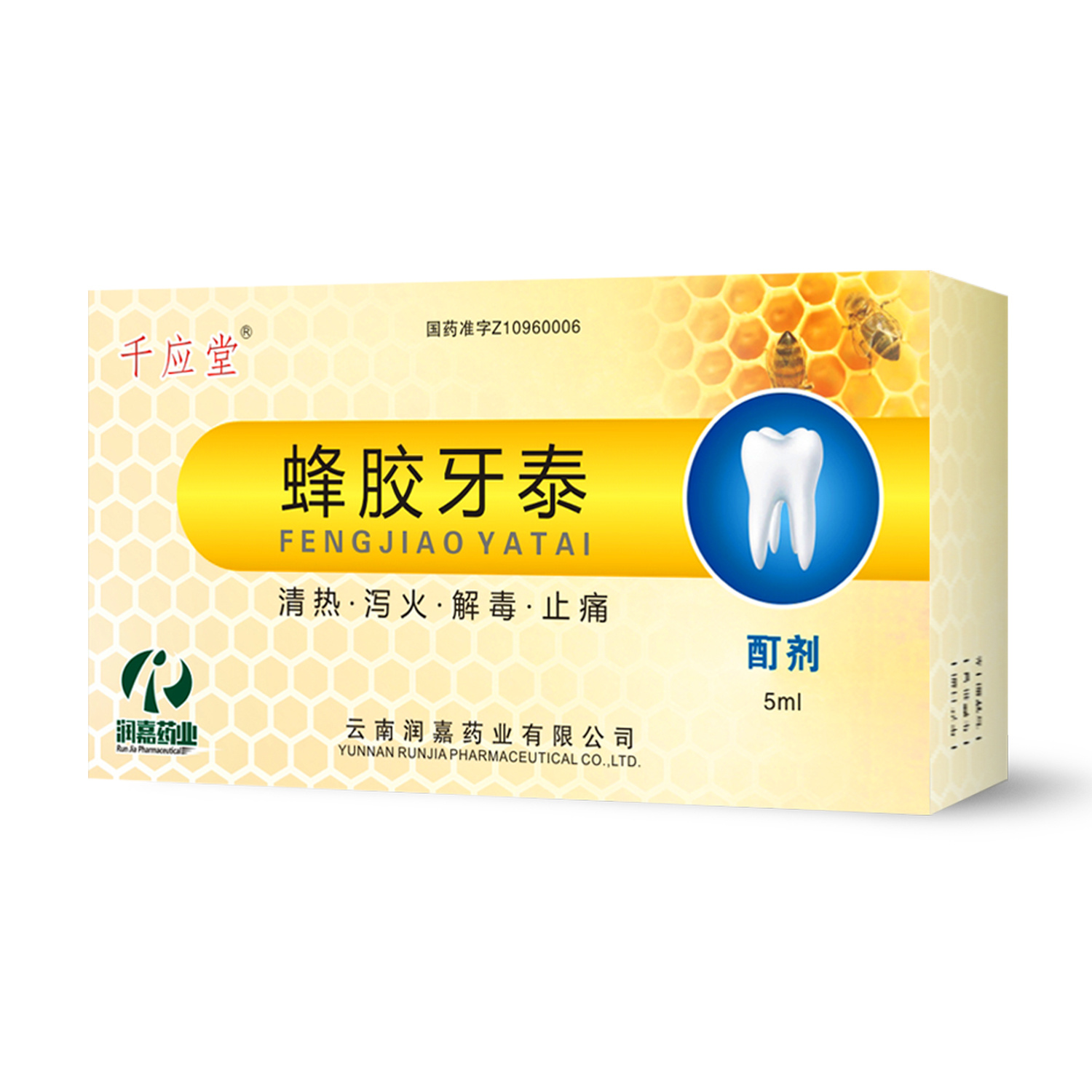
Specifications
| Packaging Specifications | 20kg/bag/barrel |
| Product Specifications | β-Ecdysone ≥50% (HPLC) |
| Implementation Standard | 2020 Edition of the Chinese Veterinary Pharmacopoeia |
| Production Registration Number | None |
Ecdysone is a natural steroidal compound widely found in insects, plants (such as Cyperus rotundus), and microorganisms. Its core structure is a dammarane-type tetracyclic triterpenoid skeleton, which forms biological activity through glycosylation modification. As a key regulator of insect growth and development, ecdysone activates the ecdysone receptor (EcR) to initiate a cascade reaction, inducing insect molting and metamorphosis. In mammals, it regulates the Nrf2/ARE pathway to scavenge free radicals (DPPH scavenging rate up to 85%), and has multi-target regulatory capabilities such as anti-inflammation and anti-apoptosis.
Application Areas
I. Agriculture and Animal Husbandry
1. Biopesticides: By simulating the action of insect molting hormones, it induces pests to molt prematurely or develop abnormally. For example, methoxyfenozide has a significant control effect on lepidopteran pests, and its combination with chlorantraniliprole can delay the development of resistance.
Aquaculture: As a core component of shrimp and crab molting agents, it can promote synchronous molting in crustaceans, improve the survival rate of aquaculture (increase by 20%-30%) and reduce mutual cannibalism.
2. Sericulture Efficiency Improvement: Adding ecdysone can shorten the silkworm age by 2-3 days, increase silk production by 15%-20%, and has become a standard technology for large-scale silkworm farming.
Medicine and Health
3. Metabolic Disease Intervention: Clinical studies have shown that 20-hydroxyecdysone has a total effective rate of 84% for type II diabetes, can reduce fasting blood glucose (reduction of 18.7%) and improve insulin resistance.
4. Anti-inflammation and Immunomodulation: By inhibiting the NF-κB pathway, it reduces the secretion of pro-inflammatory factors such as IL-6 and TNF-α (reduction > 62%), and the inhibition rate of joint swelling in rheumatoid arthritis animal models is 53%.
5. Anti-tumor Potential: In lung cancer cell models, ecdysone inhibits angiogenesis by inhibiting the VEGF/VEGFR2 signaling pathway (inhibition rate > 50%) and enhances the chemosensitivity of cisplatin.
II. Cosmetic Applications
Ecdysone is mainly used in cosmetics in the form of high-purity β-ecdysterone (HPLC ≥98%), with the following unique advantages:
1. Deep Anti-aging: By activating the collagen synthesis genes of fibroblasts in the dermis, it promotes the production of type I and type III collagen, which is far superior to traditional collagen supplements. Studies have shown that a face cream containing 2.5% ecdysterone can significantly increase the area of wound healing, and the formation of granulation tissue and the proliferation of epithelial cells are more obvious.
2. Permeation and Repair: Its small molecular structure gives it ultra-strong permeability. In liquid form, it can quickly penetrate the epidermis and reach the dermis to exert its effects. Clinical tests have shown that its repair effectiveness for chloasma, freckles and other pigmentation is up to 85%, and it can reduce the formation of acne.
3. Metabolic Activation: It enhances the metabolism of corneocytes, promotes the shedding of aged stratum corneum, and stimulates the proliferation of epidermal stem cells, making the skin smooth and delicate. Experiments have confirmed that ecdysterone at a concentration of 0.1-0.35% can effectively improve skin elasticity and luster.
4. Safe and Mild: Acute toxicity tests show that its median lethal dose (LD50) > 6400mg/kg. Long-term use has no risk of hormone interference and is suitable for sensitive skin and post-medical beauty repair. International brands such as Dior and Guerlain have already applied it to high-end anti-aging face creams and essences.
III. Functional Foods and Sports Nutrition
1. Anti-fatigue: Sports supplements combined with creatine can prolong the time of exhaustive swimming by 37.6%, relieving fatigue by inhibiting lactic acid accumulation and improving ATP levels.
2. Immune Enhancement: The ecdysterone component in ginseng exosomes can activate T cell function, inhibit cell proliferation and promote apoptosis in liver cancer models.
Development Prospects
1. Technological Innovation Drives Industrialization
(1) Breakthrough in Synthetic Biology: Heterologous synthesis of ecdysone through yeast cell factories reduces the cost by 40% compared to plant extraction, with a purity of 98%. The ecdysone C3 isomerization regulation technology developed by Shandong University team can precisely control insect metamorphosis development and provide new targets for pest control.
(2) Targeted Delivery System: Ecdysone encapsulated by neutrophil membrane vesicles has a 3-fold increase in targeted enrichment rate in stroke models, significantly enhancing neurorepair effects.
2. Market Growth and Cross-border Integration
(1) Market Size: The global ecdysone market is expected to grow at a compound annual growth rate of 8.2%, reaching US$520 million in 2030, with agriculture and cosmetics accounting for over 60%. As the largest producer, China's Cyperus rotundus planting area exceeded 100,000 mu in 2023, and the total output value exceeded 2 billion yuan.
(2) Cross-border Applications: From a single component to multi-target synergistic development, such as combining with probiotics to regulate intestinal flora, or combining with nanocarriers to develop targeted drugs for Alzheimer's disease.
3. Sustainable Development and Ecological Safety
(1) Circular Economy Model: Extracting ecdysone from by-products such as ginseng stems and leaves and insect molts reduces raw material costs by more than 30% and meets EU cosmetic safety standards.
(2) Ecological Risk Control: A toxicity assessment system for non-target organisms (such as ladybugs) is gradually being established, and precise application technology will minimize ecological impacts.
Challenges and Responses
Safety Optimization: Although the acute toxicity LD50 > 6400mg/kg, it is necessary to be vigilant about abnormal blood coagulation function at high doses (incidence of about 0.3%). The 2025 edition of the Chinese Pharmacopoeia has raised the purity standard to 95%.
Mechanism of Action Analysis: The molecular pathways of anti-tumor and neuroprotection have not yet been fully elucidated and require in-depth research combining single-cell sequencing and organoid models.
Regulations and Standards: The EU REACH regulation has stricter limits on heavy metal residues in plant-derived ecdysteroids than the current Chinese standards, promoting technological upgrades in the industry.
With the development of synthetic biology, precision agriculture, and functional medicine, the potential of ecdysteroids in green plant protection, chronic disease management, and high-end personal care will be accelerated, becoming a model for the development of bioactive ingredients.

ecdyson
Contact Us









